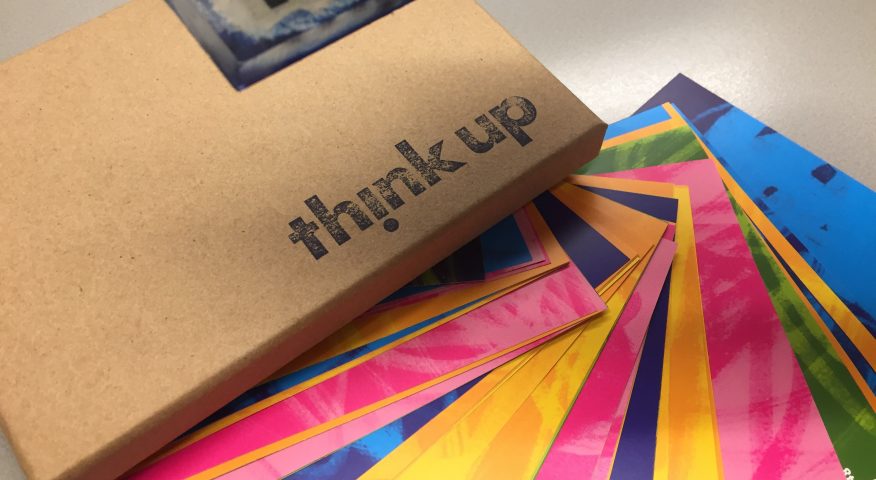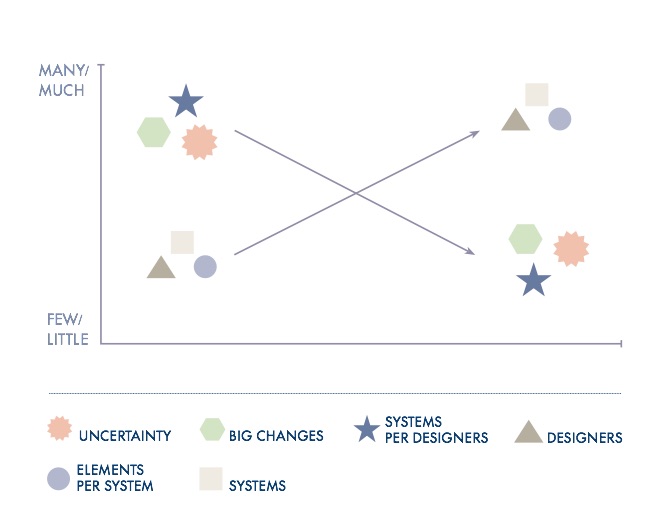This is a post for the twenty participants signed up to the online course ‘Conceptual Design for Structural Engineers – an introductory course‘. In this post we will be publishing materials, links and follow-up resources as we work through the course. If you find these resources helpful, want to ask us questions, or have some suggestions for other materials we could add then please get in touch via Twitter
Week one – all about the brief
In today’s session we talked about design being a process made up of discrete, learnable steps. We presented a design process diagram, (which we will make available shortly in a Creative Commons licenced format).
We went on to discuss the most common challenges faced when working in the briefing phase of the design. The number one challenge identified and voted for by the group was that of the client not being clear enough about what they want. The second challenge identified and voted for the group was that of making sure the designer has accurate enough information in order to proceed.
To help understand why it is so difficult to obtain accurate information at the start of the brief, we introduced the idea of the brief containing four elements.
- the explicit – what they do say
- the implicit – what they mean by what they say
- the assumed – what they don’t think they need to say
- the unknown – what they don’t say because they haven’t yet realised they want it
We also introduced the idea of the Designer’s Paradox, which states that,
The client doesn’t know they want until they know what they can get; the designer doesn’t know what they will design until they start designing.
The Designer’s Paradox, McCann and Wise, 2001
Workwork
Workwork is homework you do at work.
This week’s Workwork assignment was to keep a daily diary of the briefs that you are working with. We emphasised that any time somebody gives us a task to do, you are effectively working with a brief, so this exercise doesn’t need to be carried out strictly in the context of engineering design. Download a template you can use for the diary 180412 TU Brief diary template.
More info coming soon.
Week two – Having ideas
Session two slides.
The design brief we were responding to in this session was for a butterfly observation platform in a woodland nature reserve. Below are some images to give you a feel for the site:
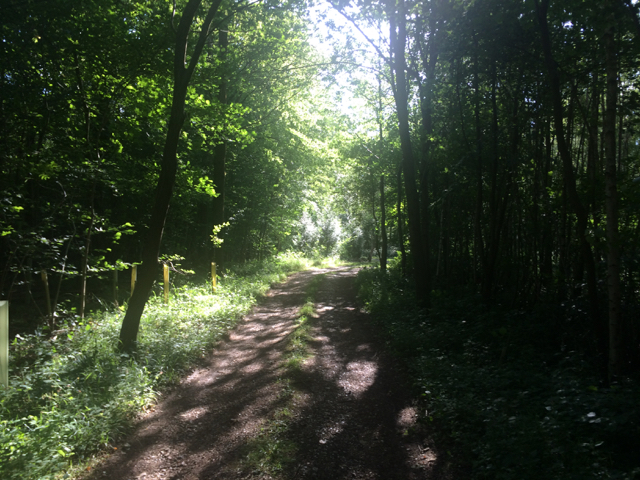

 Location for butterly platform looking from East
Location for butterly platform looking from East
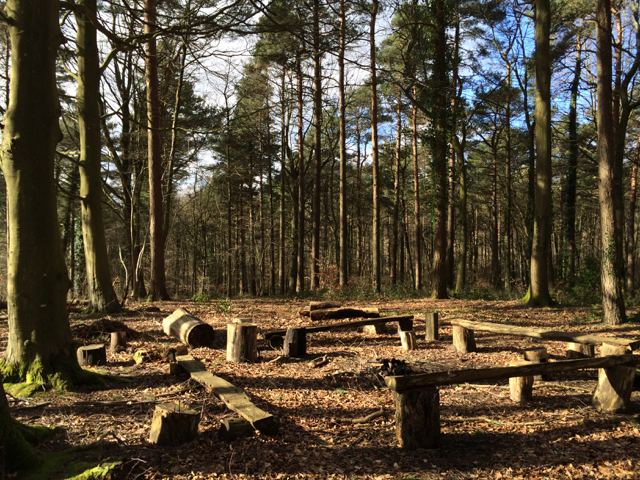
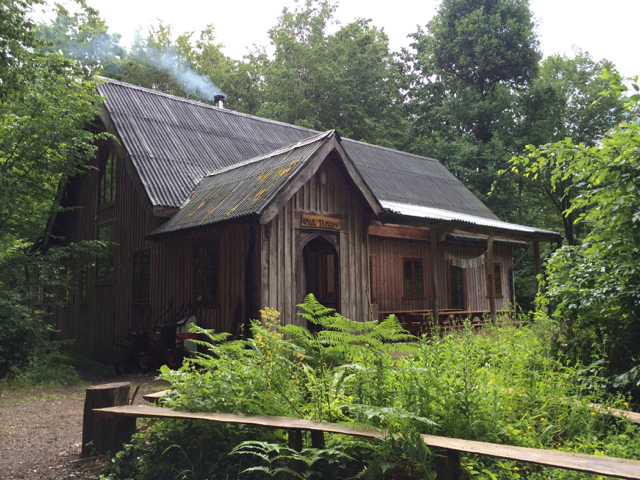
A simple model for having ideas
The simple model we discussed for explaining where ideas come from is that:
Ideas are new connections between existing elements in the mind. To have more ideas there are two courses of action: to change the information in the mind; and to stimulate more new connections.
Sources of information as the basis for ideas:
- Pull information out of the brief
- Draw on professional knowledge
- Diversify inputs by invoking outside interests
Ways to stimulate new connections:
- Ask ‘what if?’
- Change the primary system
- Draw the sccenario from a radically different perspective
Workwork
This week’s Workwork assignment was to keep a daily diary of the idea generation tasks you are working on, to note what sources of information you draw on, and how you stimulate new connections. We emphasised that any time you are responding to some sort of problem scenario, you are generating ideas, so this exercise doesn’t need to be carried out strictly in the context of engineering design. Download a template you can use for the diary along with the instructions.
Week 3 – Having Better Ideas
Last week’s session was about having ideas. This week we focused on how to systematically improve those ideas. In other words, how to have better ideas. Download the session slides here.
What is conceptual design?
We used the following diagram to characterise the conceptual design phase of a project.
The point we emphasised is that conceptual design is a phase in the overall design life of a project, which has certain characteristics:
- high degree of uncertainty
- rapid changes from one solution to another
- focus on key systems
In this context designers need to be able to work with incomplete info, make quick estimates and be ready to change course.
Linking the brief to ideas via models and tests
We said:
- The brief contains design criteria
- The design criteria correspond to a series of tests that need to be passed for the idea to be judged good
- Each test is applied to some sort of model
- The models are the means by which we express our ideas outside of our heads.
We went through each of the design criteria for the butterfly platform design brief and identified the corresponding tests and necessary models. We found that subjective tests are opportunities for further investigation and creativity because they require further client engagement and designer interpretation.
Download the test-model-pass-fail template.
Development of ideas through iterative modelling and testing
We used the following idea development loop:
- Generate an idea
- Create the necessary models to compelete the tests.
- Focus on tests that were failed and adjust the idea to pass that criterion.
- Re-run the tests and see which tests it now passes and fails.
The aim of this approach is to organise your thinking and to make your thinking explicit. It helps collaborators see the development path you have taken and it allows you to track back through your thinking and check your assumptions.
Workwork
This week’s Workwork assignment was to keep a daily diary of the models and tests you use in design. We emphasised that any time you develop an idea in response to a problem you check it – how ever quickly – against some criteria of adequacy. See if you can capture this thinking process in this Testing Diary template.
Week 4 – Bringing it all together
In this final session we recapped all the key concepts from the course (download the session slides here):
- Brief: explicit/implicit/assumed/unknown + the desginer’s paradox
- Idea generation: gather information (from the brief, from professional experience and from outside interests) and form new connections (by asking what if, changing the main system or drawing things from a different perspective).
- Modelling and testing: To know if our ideas are any good we have to test their adequacy against each of the criteria from the brief.
We worked back through the worked example to develop a different solution from the first one we considered.
